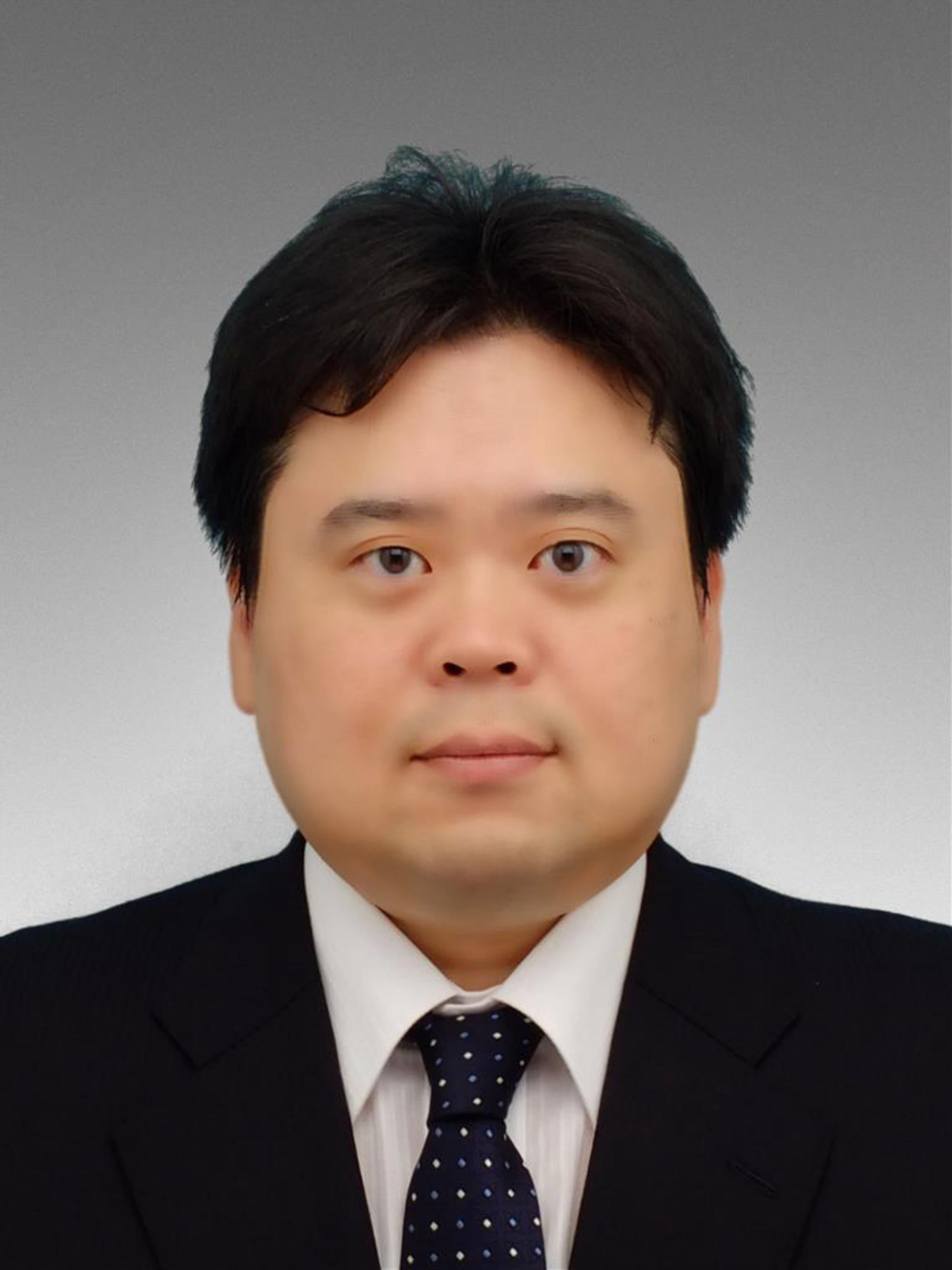Disease Control

Staff



member

Research Projects
Fibrosis is a pathological condition characterized by the excessive accumulation of extracellular matrix (ECM) proteins such as collagen within tissues. It plays a crucial role in the progression of various diseases across different organs, including cardiac hypertrophy, idiopathic pulmonary fibrosis, chronic kidney disease, and treatment-resistant cancers. Fibrosis is estimated to contribute to approximately 45% of all deaths in developed countries. Despite its clinical significance, there are currently no definitive therapeutic agents available to treat fibrosis.
Fibrosis arises when a population of cells known as myofibroblasts appears within tissues and excessively produces ECM proteins such as collagen. Our research focuses on understanding these myofibroblasts from multiple perspectives. The main themes of our research include:
- Discovery and identification of novel pro-fibrotic molecules and their application to drug development
- Identification of molecular markers defining subpopulations of myofibroblasts
- Investigation of the fate and lifespan of myofibroblasts
We approach these research topics using a variety of experimental techniques, including plasmid DNA-based assays, protein purification, generation of fibrotic disease model mice, bioinformatic analyses (such as single-cell analysis), creation of genetically modified mice, and tissue clearing technologies. We strive to provide graduate students with broad and practical training in these diverse methodologies.
Building on the results of these studies, we also actively collaborate with researchers and pharmaceutical companies both in Japan and internationally, with the ultimate goal of developing innovative therapies for fibrosis.
Selected publications
- Y Yamauchi, H Mieno, H Suetsugu, H Watanabe, and M Nakaya PRELP expression in heart and liver fibrosis promotes collagen production. Biochem. Biophys. Res. Commun. 734:150785 (2024)
- Y Horii#, S Matsuda#, C Toyota, T Morinaga, T Nakaya, S Tsuchiya, M Ohmuraya, T Hironaka, R Yoshiki, K Kasai, Y Yamauchi, N Takizawa, A Nagasaka, A Tanaka, H Kosako, M Nakaya VGLL3 is a mechanosensitive protein that promotes cardiac fibrosis through liquid-liquid phase separation. Nat. Commun. 14(1):550 (2023) # : equally contributed
- T Hironaka, N Takizawa, Y Yamauchi, Y Horii, and M Nakaya The well-developed actin cytoskeleton and Cthrc1 expression by actin-binding protein drebrin in myofibroblasts promote cardiac and hepatic fibrosis. J. Biol. Chem. 299(3):102934 (2023)
- N Takizawa, T Hironaka, K Mae, T Ueno, Y Horii, A Nagasaka, and M Nakaya GPRC5B promotes collagen production in myofibroblasts. Biochem. Biophys. Res. Commun. 561:180-186 (2021)
- Y Yoshida, N Matsunaga, T Nakao, K Hamamura, H Kondo, T Ide, H Tsutsui, A Tsuruta, M Kurogi, M Nakaya, H Kurose, S Koyanagi, and S Ohdo Alteration of circadian machinery in monocytes underlies chronic kidney disease-associated cardiac inflammation and fibrosis. Nat. Commun. 12(1):2783 (2021)
- Y Horii#, M Nakaya#, H Ohara#, H Nishihara#, K Watari, A Nagasaka, T Nakaya, Y Sugiura, T Okuno, T Koga, A Tanaka, T Yokomizo and H Kurose Leukotriene B4 receptor 1 exacerbates inflammation following myocardial infarction. FASEB J. 34(6), 8749-8763. (2020)
- T Koshimizu, K Honda, S Nagaoka-Uozumi, A Ichimura, I Kimura, M Nakaya, N Sakai, K Shibata, K Ushijima, A Fujimura, A Hirasawa, H Kurose, G Tsujimoto, A Tanoue & Y Takano Complex formation between the vasopressin 1b receptor, β-arrestin-2, and the μ-opioid receptor underlies morphine tolerance. Nat. Neurosci. 21(6), 820-833. (2018)
- M Nakaya, K Watari, M Tajima, T Nakaya, S Matsuda, H Ohara, H Nishihara, H Yamaguchi, A Hashimoto, M Nishida, A Nagasaka, Y Horii, H Ono, G Iribe, R Inoue, M Tsuda, K Inoue, A Tanaka, M Kuroda, S Nagata, & H Kurose Cardiac myofibroblast engulfment of dead cells facilitates recovery after myocardial infarction. J. Clin. Invest. 127, 383-401(2017)
- M Nakaya, M Tajima, H Kosako, T Nakaya, A Hashimoto, K Watari, H Nishihara, M Ohba, S Komiya, N Tani, M Nishida, H Taniguchi, Y Sato, M Matsumoto, M Tsuda, M Kuroda, K Inoue & H Kurose GRK6 deficiency in mice causes autoimmune disease due to impaired apoptotic cell clearance. Nat. Commun. 4, 1532 (2013)
(August 29, 2025)
